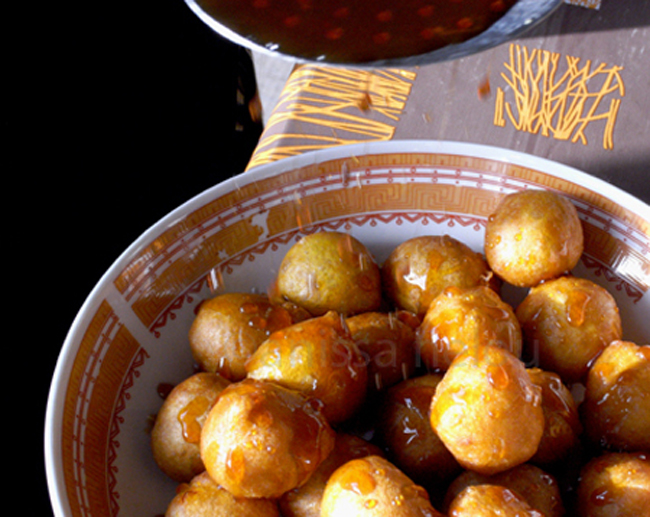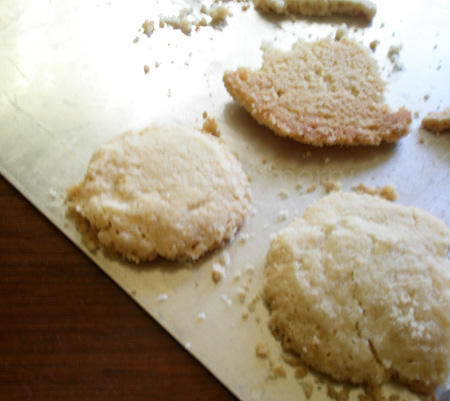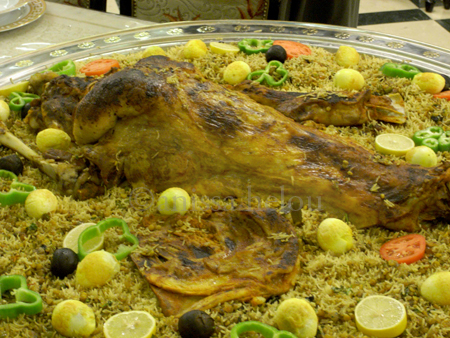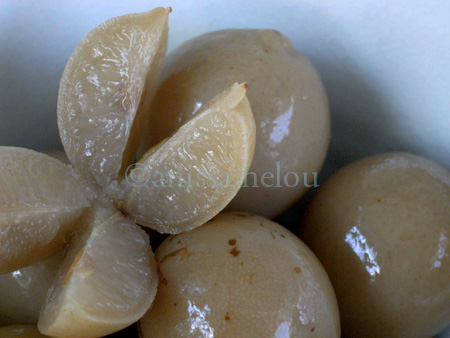7 Feb

Three years ago I was in Dubai filming a food/travel TV show for Abu Dhabi TV with the wonderful Tariq al-Mehyas. And the first thing I did when I got there was to spend 3 fabulous days in Sharjah as the guest of the brilliant Sheikha Bodour al-Qasimi who organised for me to cook with, or to be more accurate watch a group of lovely Emirati ladies cook Emirati dishes including the scrumptious lgeimat (saffron-flavoured fritters served drizzled with date syrup) you see in the picture above in the Sharjah Heritage House.
1 Dec

Anissa: Time for a guest post by the great Charles Perry. This time it is about an edible virgin, or to be more precise her breasts. Don’t worry, I am not being prurient and there is nothing obscene about these breasts. As Charles explains, Mediterraneans and Arabs have this habit of calling sweets after charming female attributes. Another example is z’nud el-sitt (lady’s wrists, which are slender rolls made by rolling filo pastry around qashtah, the Arab equivalent of clotted cream). The rolls are then fried and dipped in syrup. Quite delicious as are the medieval virgin’s breasts. By the way, Charles is sorry about the picture not being perfect but I am sure you don’t mind. His entry is, as always, fascinating.
1 Mar

Anissa: It has been quite a while since Charles Perry did a guest post here but following a discussion and various questions on twitter about fat tail, I thought I would turn to our chief historian of medieval Arab cookery and ask him to enlighten everyone! Here is what he sent me.
Charles: Europeans and Americans – and Australians, I’m sure – are always amazed when they see the huge tails of Middle Eastern sheep. One of the first to be amazed was Herodotus, who wrote in the 5th century BC that there was a breed in Asia Minor with a tail up to 18 inches wide and another with a tail four and a half feet long. The latter sort, he said, had to be supported by a little cart made for it by the shepherd.
13 Sep

These pickled lemons are the doqq variety which is small and very thin skinned.
Anissa: It has been quite some time since Charles Perry did a guest post but here he is now with another fascinating post on pickling lemons.
Charles: The Arabs have been pickling lemons since the Middle Ages. The 13th-century book Kitab al-Wusla ila al-Habib says, “Salty lemons (laimun malih). They are so well known they need no description.” Nevertheless, Wusla eventually gives a recipe: “Take lemons, slice them crosswise and fill them with crushed salt. Then press them into a bowl and leave for two nights for them to soften. Then press them very strongly into a glass jar, squeeze lemon juice to cover and pour it over them, and seal with oil. Their flavor keeps well.” The flavor of pickled lemons is distinctive – somewhat piney, but not bracing like pine; in fact, plush, languid, decadent. Food science writer Harold McGee tells me the chemistry of this change has not been studied, but he speculates that the pine note comes from chemicals in lemon peel called terpenes – there are also terpenes in conifers, where they also serve to protect the plant from microbes.

